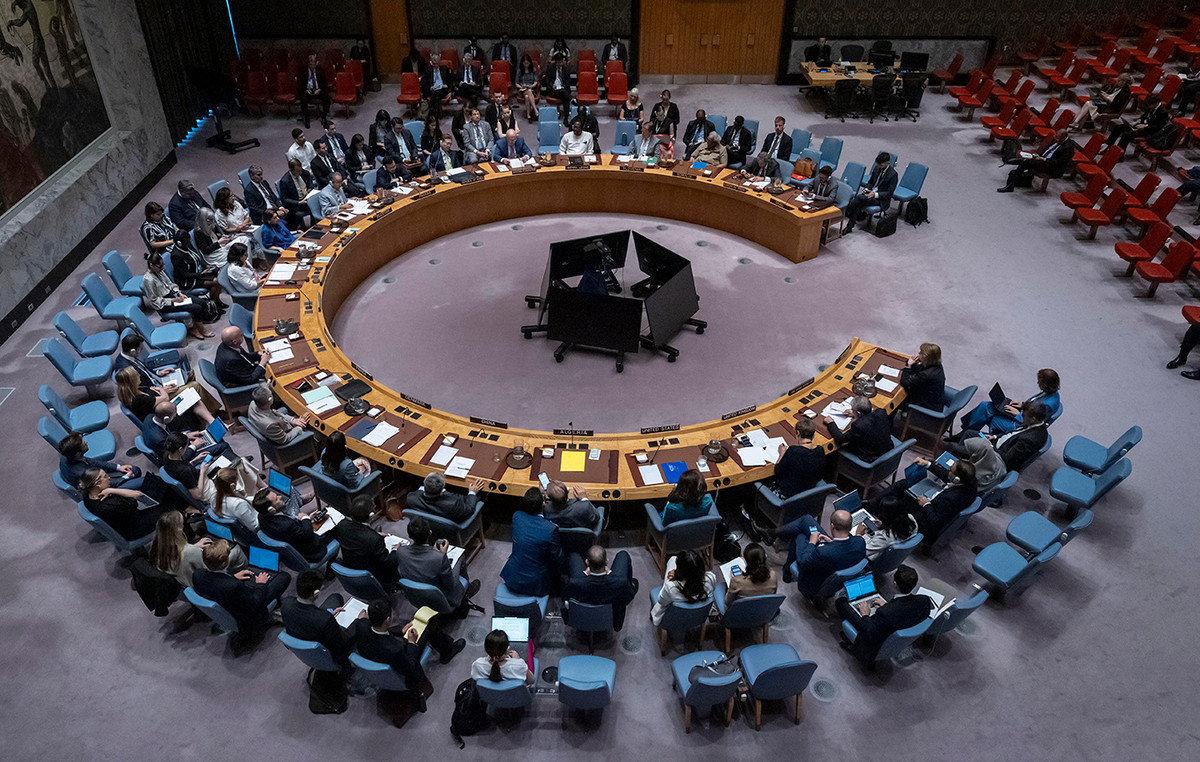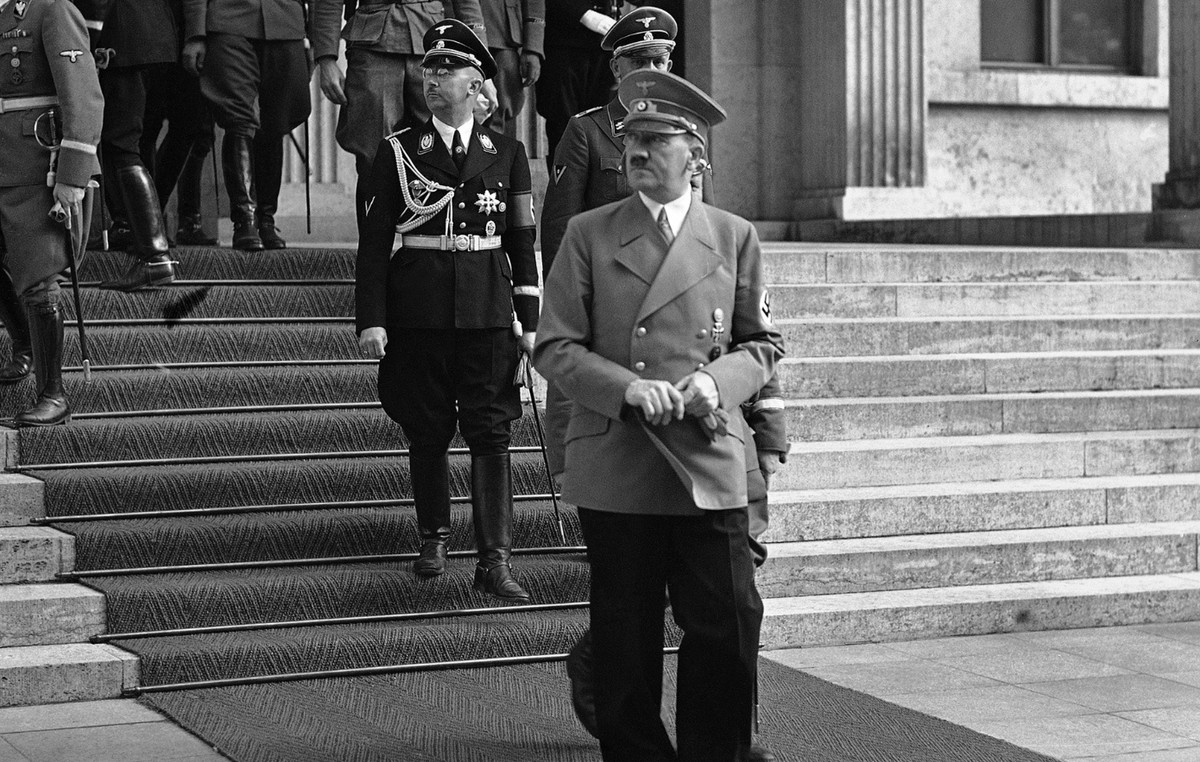After almost five decades living with darkness, the house of the indigenous Abilio Lopes, from the São Tomé community, which is on the banks of the Rio Negro, 50 km from Manaus (AM), was lit up by a PET bottle.
Lopes is one of the 23,000 Brazilians already served by the Litro de Luz project, which uses simple materials and solar energy to bring lighting to the most isolated communities in Brazil.
“My day ended at 7pm, when darkness descended. At night, the only light was the kerosene lamp, which left the house and our noses filled with smoke. Now I can weave the mesh (fishing net) at night and fish all day long,” she said.
In Brazil, about 2 million people do not have access to electricity and 6 million do not have public lighting.
The lack of lighting or the precarious light in the houses, provided by kerosene lamps or candles, makes it difficult to study, work, in addition to basic activities, such as simple walking.
Not to mention the risk of fire, in the case of candles, and the health problems caused by the smoke from the lamp.
Litro de Luz is part of the global Liter of Light movement, which emerged in the Philippines in 2011, but was inspired by a technique created in 2002 by Brazilian mechanic Alfredo Moser.
He installed a PET bottle filled with water and bleach on the roof. Through the refraction of sunlight, the bottle generated lighting equivalent to a 60-watt light bulb.
The aim was to help people save energy. From the Philippines, the project started to mobilize volunteers in other countries – there are now 25, including Brazil.
Low cost
The organization’s Brazilian arm has developed a low-cost lighting system, using PET bottles, PVC pipes and signs to light the environments with solar energy.
The PVC poles support the lamps and solar panels — there is no connection to the electricity grid.
The sunlight captured by the small plate makes an LED lamp installed inside the bottle work.
In outdoor environments, such as the streets, the system works at night and automatically switches off in the morning.
Indoors, the lamps have a battery life of five hours.
Residents of isolated and underserved communities easily learn to maintain and replicate the social technology system.
The largest of the projects benefited riverside nuclei of the Médio Juruá, where 600 PET lamps were built in partnership with the Association of Rural Producers of Caruari.
Located 790 km from Manaus, Médio Juruá has 565 families.
Project volunteers needed to take a two-hour flight from the capital of Amazonas, and another 30 hours by boat to get there.
New routine
The arrival of light affected life in the communities, according to the indigenous Abílio, from São Tomé.
“We had no light on the streets and inside the house. The biggest difficulty was the darkness, it was terrible to live in the dark. Many people did not leave the house at night, for fear of snakes and jaguars, as they could not see anything.”
The installation of the system involved the residents – indigenous and riverine people. “We thought they were going to arrive, put the poles in and leave, silent. No, they stayed and taught us how to do it.”
Since 2014, when it started operating in the country, Litro has installed 3,000 lighting systems and served more than 120 communities in the country.
Outside the Amazon, it lit up indigenous villages in Maricá (RJ), Florianópolis (SC) and Alhandra (PB).
It also benefited communities in Rocinha, in Rio. In the capital of São Paulo, PET lamps light up the streets in Campo Limpo (south zone).
In Greater SP, areas in Ferraz de Vasconcelos and São Bernardo do Campo were covered.
The information is from the newspaper O Estado de S. Paulo.
Source: CNN Brasil







